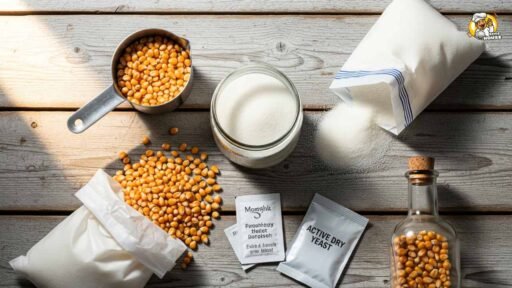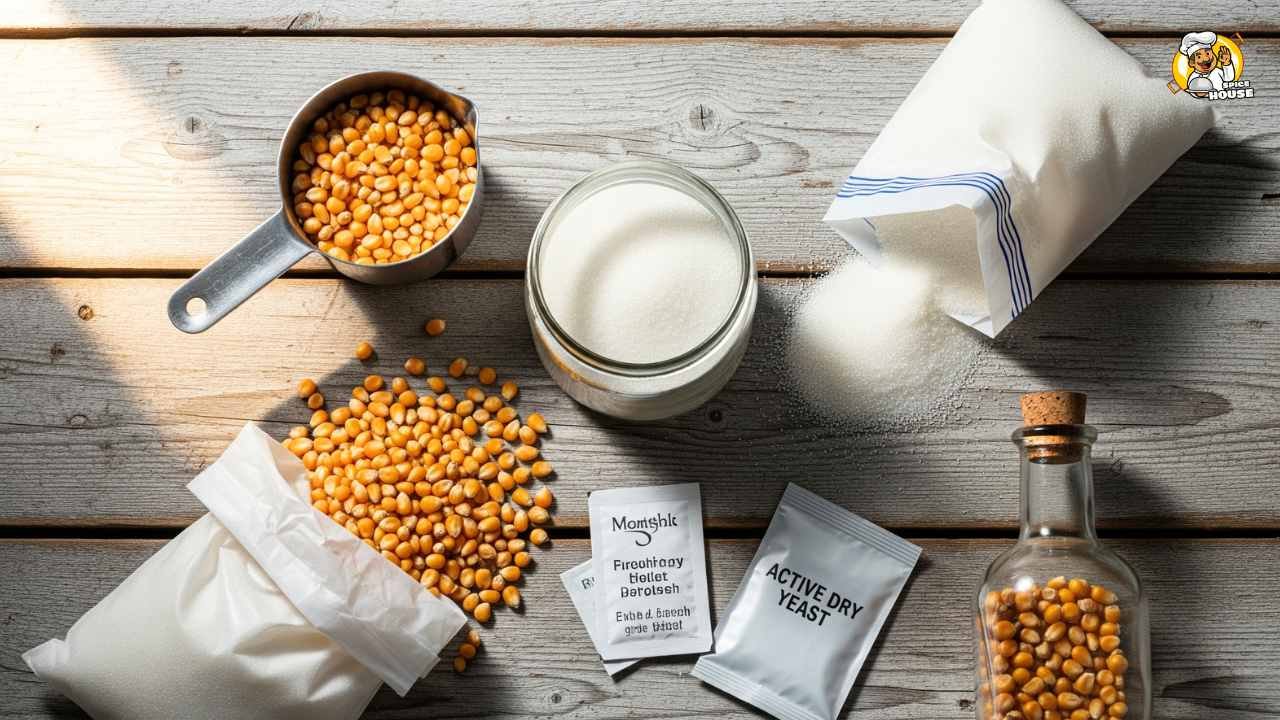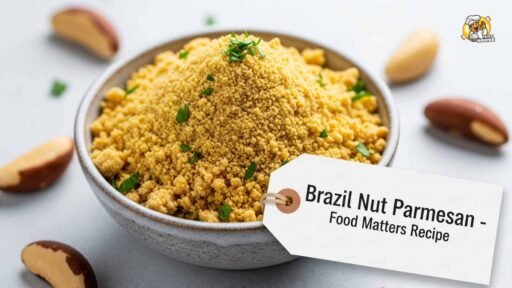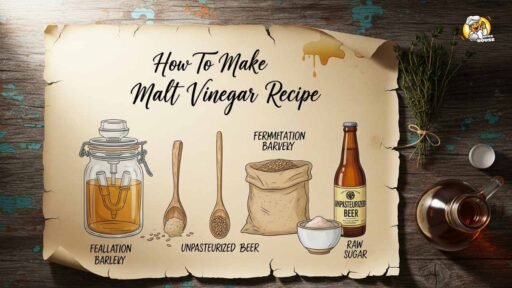Spirits edged past beer in the U.S. for the first time in 2022, claiming 42.1% of supplier revenue versus beer’s 41.9%, according to the Distilled Spirits Council. At the very same time, it remains illegal in all 50 states to distill spirits at home without a federal permit from the Alcohol and Tobacco Tax and Trade Bureau (TTB). That’s the tension point: demand for whiskey- and “moonshine”-style flavors is booming, but the DIY urge keeps colliding with the law and safety.
Here’s the thing: on social media, “moonshine mash” hacks rack up millions of views, while licensed craft distilleries sell out tours and “white whiskey” flights. Brands like Ole Smoky built a national business on the back of legal “moonshine” flavor and theater. The controversy affects three camps at once—consumers who want to learn and taste, investors eyeing resilient craft-spirit margins, and the employees, compliance officers, and distillers who keep operations safe and legal.
Before we go any further, a clear line. Distilling spirits at home without proper permits is illegal and unsafe. This article does not provide instructions for distillation or illicit alcohol production. Instead, you’ll get education on what mash is, legal and safe fermentation projects, and pro-level flavor infusions that mimic “moonshine” profiles using lawfully purchased, commercially distilled spirits. The goal: everything you can do at home, safely and legally; plus, the big-picture context investors should track.
The Data
-
Market momentum: Spirits overtook beer in U.S. supplier revenue in 2022—42.1% vs. 41.9%—a milestone noted by the Distilled Spirits Council of the United States (DISCUS). That shift matters because whiskey and flavored spirits have powered much of the growth.
-
Industry scale: The American Craft Spirits Association’s Craft Spirits Data Project has counted roughly 2,700 U.S. craft distilleries in recent years, a jump from the mid-2010s. The long arc points one way: more local producers, more white whiskey, more flavored “moonshine” on shelves.
-
Legal baseline: The TTB states that distilling spirits at home without a federal permit is illegal, period. Home beer and wine making is allowed within limits; home spirit distillation is not. That’s the bright red line consumers—and content creators—too often blur.
Put simply, consumer appetite for whiskey and “moonshine”-style flavor keeps rising. Professional capacity and compliance are in place to meet it. And the legal framework will not budge for home stills. That triangle sets the stage for safe, smart, and frankly more flavorful at-home projects that scratch the itch without crossing the line.
The People
“As every compliance trainer tells new distillers, ‘Distill legally or don’t distill at all.’” A veteran Tennessee distiller explained it this way: “You can build flavor at home—toast your corn, manage your ferment, choose smart infusions. But you can’t make spirits at home, legally or safely, without permits, training, and controls. Full stop.”
A former TTB regional counsel once told a trade audience, “If your plan depends on a loophole, it isn’t a plan.” The message is consistent from industry pros: you can learn the craft by mastering sanitation, fermentation, grain selection, and sensory work at home; then, if you want to scale, step into a licensed facility or join a community class. It’s not just the law. It’s quality and safety.
How to Make Moonshine Mash Recipes: Tips & Pro Recipes (Step-By-Step Guides)
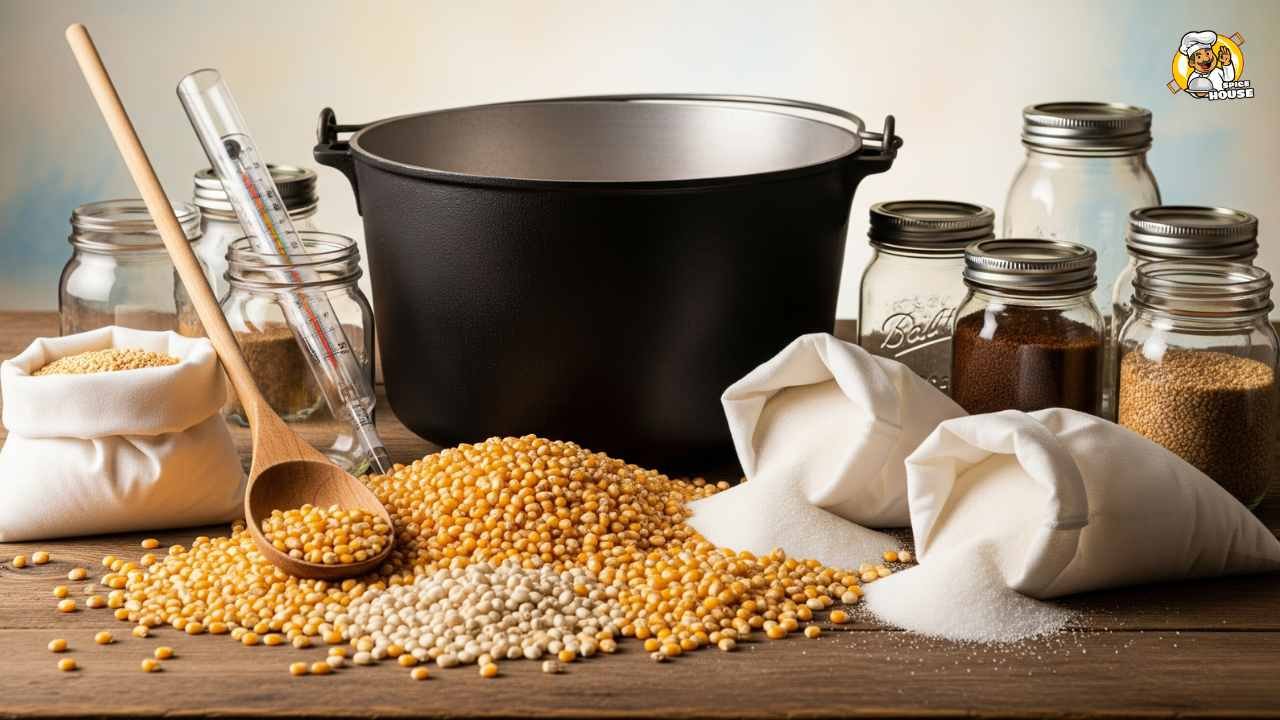
What follows gives you the “mash mindset” and practical, legal projects that deliver moonshine-like flavor arcs. We’ll focus on fermentation techniques you can do at home and infusions using commercially distilled, legally purchased spirits. No stills. No shortcuts. Just pro process—and a little swagger.
Guide 1: The Legal and Safety Primer (and What “Mash” Actually Is)
Start with definitions. Mash is a warm slurry of grain (often corn), water, and naturally occurring or added enzymes that convert starches into fermentable sugars. Yeast later consumes those sugars, producing alcohol and flavor compounds. In distilleries, that fermented liquid (the “wash”) gets distilled. At home, you stop at the ferment. Or you legally infuse purchased spirits with those flavors.
-
Know the line: Brewing and winemaking at home are legal in the U.S. within volume limits, but home distillation is illegal without permits. Check your state and local rules as well. If in doubt, call your alcohol control board or read TTB guidance.
-
Equipment you can use: A stockpot or brew kettle, a thermometer, an insulated cooler or mash tun, a long spoon, a food-safe fermentation bucket or glass carboy with an airlock, a hydrometer or refractometer, sanitizer (no-rinse preferred), and quality water. All standard homebrewing gear.
-
Sanitation beats hype: Clean everything that touches your mash and fermenter. Use a no-rinse sanitizer. Off-flavors love dirty gear; infections are the fastest way to ruin a batch.
-
Temperature control is flavor control: Yeast likes stable temps. Ferment in the range the yeast manufacturer specifies (often 62–72°F for ale yeasts used in grain ferments). Hot, spiky ferments throw harsh notes.
-
Yeast choice matters: You can use a clean ale yeast for corn-based ferments if you’re not distilling. It will bring grain notes forward without fusel oil harshness. Neutral wine yeasts also work. Read the spec sheet; pick clean and reliable over “turbo” hype.
Pro note: Document everything—grain ratio, mash temperature, starting gravity, pH, fermentation temperature, tasting notes. You’ll build your own flavor playbook fast. That’s how pros do it.
Guide 2: Corn Mash Ale (Non-Distilled) — The Classic Flavor, Legally
You want the grain-forward, sweet-corn, cereal aromas folks associate with white whiskey. You can get surprisingly close with a corn mash ale—no still required. It’s a rustic, malt-supported beer-like ferment that spotlights corn flavor and drinks like a light, grainy farmhouse ale. It also doubles as a base for culinary uses—think cornbread soaks or cooking reductions.
Steps
-
Set your grain bill. Use a majority of flaked corn for aroma, supported by malted barley for enzymes and body. A simple starting point: a heavy corn presence with enough malted barley to convert starches and keep the texture round. If you can access high-temp enzyme preparations from homebrew shops, you can lean even more into corn.
-
Heat your strike water. Aim for a mash temperature in the low 150s°F for balanced fermentable sugars. The exact strike temp depends on your vessel; pre-heat your mash tun if needed to avoid big drops.
-
Mash and rest. Stir in grains, break up clumps, and rest for about an hour. Stir halfway through to ensure even enzyme contact. You’re building the sugar profile that yeast will transform.
-
Lauter and sparge. Strain the mash through a fine mesh or your mash tun’s false bottom. Rinse the grain bed with warm water to capture more sugars. Avoid scorching.
-
Boil and cool. Boil briefly to sanitize and set the grain character—shorter boils keep corn aromatics lively. Chill the wort to yeast pitching temperature using an immersion chiller or an ice bath.
-
Oxygenate and pitch yeast. Aerate the cooled wort by shaking or using a sanitized aeration stone. Pitch your yeast per the package rate.
-
Ferment steadily. Keep the fermenter at a stable, cool temperature in your yeast’s sweet spot. Expect a clean, cereal-forward ferment in a few days.
-
Condition and package. Once gravity stabilizes and the beer clears, bottle or keg. A few days of cold conditioning polishes the edges.
Flavor targets: Fresh corn flakes, sweet cereal, a touch of biscuit from malted barley, light body, dry-ish finish. Serve cool, not ice cold, to let the corn aroma bloom. If this smells like “white dog” without the burn, you’re on track.
Guide 3: “Apple Pie Moonshine” (Legal Infusion) — Crowd-Pleasing, Fast, and Safer
This is the tastiest way to scratch the “moonshine” itch at home without breaking any rules. You’re not distilling anything. You’re flavoring legally made neutral spirits with an apple-cinnamon profile that became a staple in tasting rooms from Gatlinburg to Pigeon Forge.
Steps
-
Pick your base. Use a legally purchased neutral spirit (like vodka) or a lawful, unaged white whiskey from a store. The cleaner the base, the clearer the spice and apple notes.
-
Build your flavor syrup. Simmer good apple cider with a bit of apple juice concentrate for depth. Add whole cinnamon sticks, a split vanilla bean, a few strips of orange zest, and a small amount of brown sugar for roundness. Keep sweetness in check; you can always add more later.
-
Cool and blend. Let the spiced cider cool to room temperature. Strain out solids. Blend with your spirit in a large, sanitized glass jar. Taste as you go; you control the balance.
-
Rest and integrate. Seal and rest for 24–72 hours in a cool, dark spot. Shake gently once a day. Longer rests deepen spice.
-
Fine-tune sweetness and proof. Add a bit more cider for softness or a splash of spirit for lift. If you want a clearer drink, fine it through a coffee filter.
-
Bottle and label. Use clean glass bottles with tight caps. Date your batch. Refrigerate for best flavor and stability; serve over ice.
Pro tip: For a drier, more adult profile, swap half the brown sugar for toasted demerara or a few drops of maple extract. Spice can go bitter if overcooked; keep the simmer gentle and the spices whole, not ground.
Guide 4: Corn-on-Corn “Mockshine” (Legal Infusion) Clear, Corny, Straight to the Point
Want that unmistakable corn-nose and fresh grain snap in a clear drink? You can build it by infusing a neutral base with toasted corn. You’ll get the aroma people associate with white whiskey pours at craft distilleries, minus the harshness.
Steps
-
Toast your corn. Spread dried sweet corn kernels (or freeze-dried corn) on a tray. Toast at a moderate oven heat until they deepen in color and give off a warm, caramel-corn smell. Don’t burn; you want roasted sugar notes, not char.
-
Prepare your jar. Use a large, sanitized glass jar with a tight lid. Add the warm toasted corn and a spoonful of malt syrup or a pinch of malted barley flour for a hint of cereal complexity.
-
Add your base spirit. Pour in a clean, store-bought neutral spirit. Cover the corn by a few inches, leaving headspace.
-
Infuse under control. Seal the jar and steep at room temperature for 24–72 hours. Taste daily. Corn gives up flavor fast; pull the corn when you hit sweet cereal and roasted kernel notes.
-
Optional polish. Add one tiny pinch of kosher salt to lift the sweetness (you won’t taste it as “salty”). A single strip of lemon peel can brighten the nose.
-
Strain and rest. Fine-strain through a coffee filter. Rest the infusion for a day in the fridge to settle micro-particles.
Serve neat in a small glass at cellar temp. Expect clean corn on the nose, a light, slightly sweet mid-palate, and a crisp finish. No fusel burn. No legal risk. If you’re pouring this at a party, label it clearly and serve modest portions. Flavor is the point, not proof.
Guide 5: Pro Fermentation Tactics You Can Use at Home (No Distillation)
A great mash starts with a great process. Even if you never distill, the same pro moves that separate a ho-hum ferment from a beautiful one will elevate your corn-forward projects.
-
Water chemistry, simplified: Start with clean, chlorine-free water. If your tap water is hard, cut it with some filtered water. Avoid chloramine; it can create medicinal off-notes. Campden tablets can bind chlorine/chloramine if needed—follow package directions.
-
pH is guardrail, not handcuffs: Aim for a mash pH in the mid-5s. Lactic acid (food grade) can nudge it down; baking soda nudges it up. Yeast likes stability. If you don’t own a meter, strips get you close enough for home.
-
Oxygen matters at the start, not after: Yeast needs oxygen at pitching. After that, keep air out. Oxidation dulls grain aroma. Seal your fermenter and use an airlock.
-
Nutrients, not “turbo”: For clean ferments, prefer balanced yeast nutrients over “turbo” blends designed for speed. “Fast” ferments often taste rough. Clean and steady wins.
-
Temperature discipline: The lower end of your yeast’s range often gives a cleaner flavor with corn. Place your fermenter in a bath of water with a towel wick for evaporative cooling if your room runs warm. Keep swings under control.
-
Sensory notebook: Log aroma and taste at mash-in, pre-ferment, mid-ferment, and finished. Pros call this “closing the loop.” If your mid-ferment smells solvent-like, check temperature and nutrients immediately.
-
Clarify for flavor: Cold-crash finished ferments in the fridge for a day or two before packaging. Grain haze can carry a raw edge; a little settling smooths the ride.
-
Post-ferment culinary uses: Reduce a pint of your corn ale with butter and herbs to glaze roasted chicken. Use it in a cornbread soak. Build a pan sauce with shallot and thyme. Getting flavor into food is another way to “distill” without a still.
Guide 6: If You Want to Go Pro, The Licensed Path (High-Level, No How-To)
Some readers will catch the bug and want the real thing—legally. Don’t wing it. There’s a well-trodden path.
-
Learn on-site: Many craft distilleries offer classes where you can mash, ferment, and observe distillation under supervision. It’s the safest way to understand the process end-to-end.
-
Compliance first: You’ll need a federal Distilled Spirits Plant (DSP) permit via TTB, state licenses, bonded premises, record-keeping systems, approved labels, and tax remittance processes. Timelines vary. Budget months, not weeks.
-
Build a mash bill: Corn-heavy whiskey typically includes a secondary grain (rye or wheat) and malted barley for enzymes and complexity. Pros iterate on small pilot batches, then scale.
-
Safety culture: Explosion-proof electrical, proper ventilation, trained staff, and strict separation of heads, hearts, and tails during distillation. Methanol management is not a home topic; it’s professional, full stop.
-
Route to market: Tasting room sales, tourism, and direct-to-consumer laws (where permitted) drive margins. Wholesale distribution takes patience and working capital.
If your ambition is real, apprentice with a licensed producer or enroll in a recognized distilling program. It’s a craft. It’s also a compliance business.
Tips from the Pros (Collected Wisdom)
-
“Flavor loves patience.” Rushing ferments or infusions trades time for harshness. Don’t.
-
“Mash like a brewer.” Consistent temperatures and clean gear beat gadget-chasing.
-
“Document or repeat mistakes.” Your notebook is your most valuable tool.
-
“Taste often, toss early.” If an infusion drifts bitter, pull the solids now.
-
“Respect proof.” Label homemade infusions clearly. Keep them out of reach of kids. Serve modest pours.
The Fallout
Look around and you’ll see two diverging curves. On one curve, social media content glamorizes DIY “moonshine mash,” often skipping the legal and safety disclaimers. On the other hand, licensed craft distilleries double down on education, tours, and responsible tasting. Consumers want story and flavor. Investors want resilient cash flow. Regulators want guardrails respected.
Analysts now predict more convergence in the middle. Expect to see:
-
More “white whiskey” and “moonshine”-style offerings in tasting rooms, bundled with behind-the-glass mash demos. It satisfies curiosity without putting consumers behind a still.
-
A broader market for legal at-home kits that focus on grain mashing and fermentation (no distillation), sold by brewing retailers and craft distilleries under their brand. Edge: education as a moat.
-
Compliance-driven marketing. “TTB-trusted,” “distilled under permit,” or similar trust marks may emerge as consumer education catches up. People want to know the liquid in the bottle came from a safe, controlled process.
-
Investor angle: Brands that convert “DIY curiosity” into legal experiences will gain. Tourism-heavy distilleries—Ole Smoky is a case study here—have shown that live theater plus accessible flavors can scale. Sources say foot traffic is a leading indicator of recurring revenue and DTC sales for these sites.
The flipside is real, too. Fire departments and poison centers periodically warn about home still incidents and adulterated alcohol. While U.S. numbers are lower than global hotspots for illicit booze, the risk is non-zero. One high-profile accident can chill a trend and invite regulatory scrutiny of related content. If you’re a brand or an influencer, you want to be on the right side of that history.
Investors should watch a few dashboards: craft distillery counts and closures in ACSA data; spirits’ share gains in DISCUS reports; and IWSR trends on flavored spirits and white whiskey. Also watch TTB’s posture on enforcement communications. If regulators start publishing more consumer alerts, expect platforms to tighten rules on instructional videos that cross the line.
The People, Revisited
A compliance-minded distiller put it bluntly to me: “We don’t need a crackdown. We need clarity and culture.” The culture part is on all of us—writers, creators, brands. We can celebrate grain, fermentation, and flavor while telling the truth about the law. That’s how the craft gets bigger and safer at once.
Key Takeaways (Pin These)
-
Distilling spirits at home without a permit is illegal and unsafe. Period.
-
You can make corn-forward ferments and “moonshine”-style flavor infusions at home legally. They taste great and teach real craft skills.
-
The craft spirits market is growing; compliance is non-negotiable. That combination favors brands that educate and investors who back them.
-
If you want to distill, do it the right way: learn in a licensed facility, then pursue permits, training, and safety. There is no workaround.
Closing Thought
Consumers crave the story in the glass. Regulators guard the line in the sand. Investors chase the tasting-room flywheel. The open question is simple and spicy: as “moonshine mash” content keeps trending, will brands and creators lead with education—or will a preventable misstep force platforms and the TTB to write the next chapter for them?

